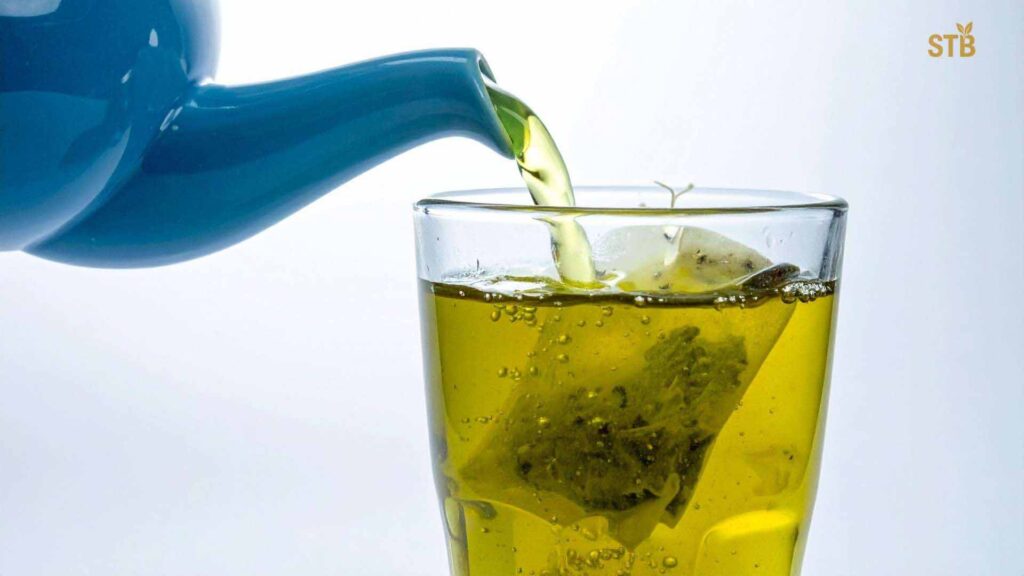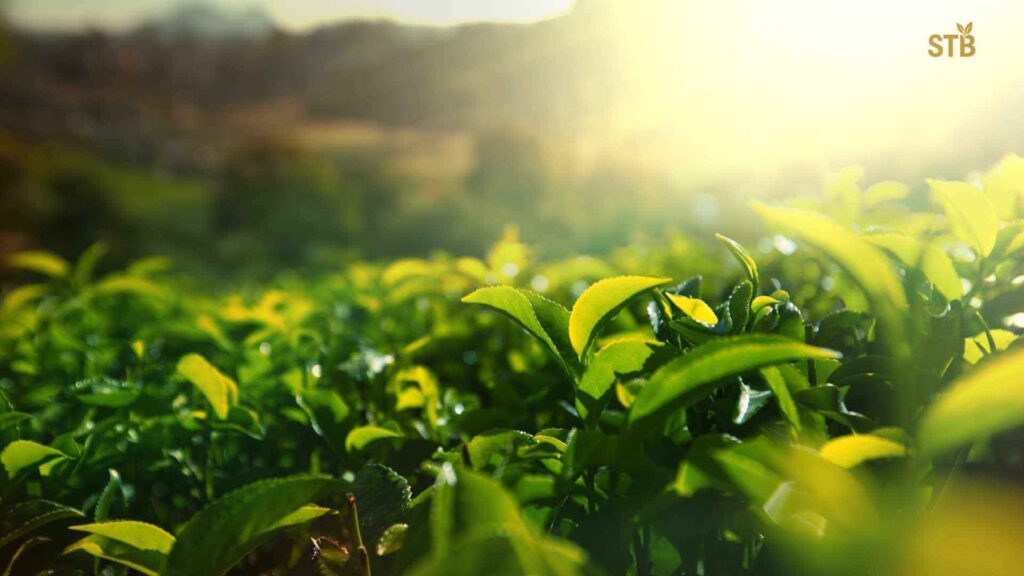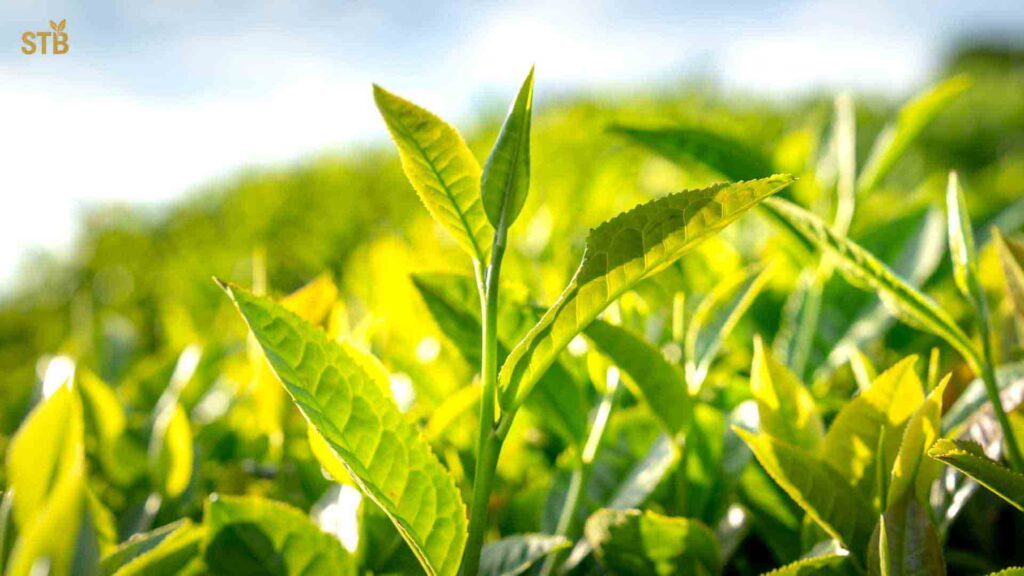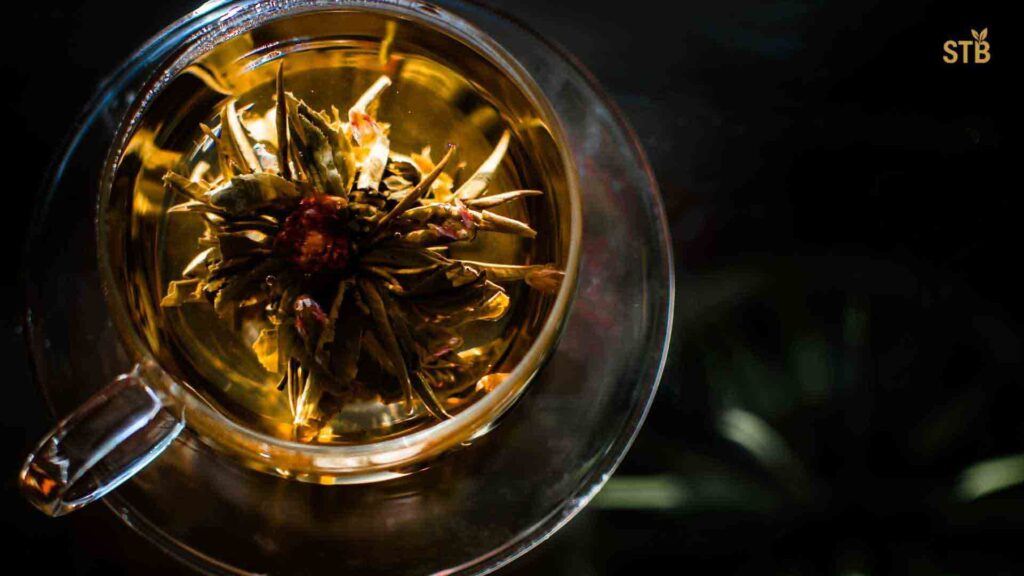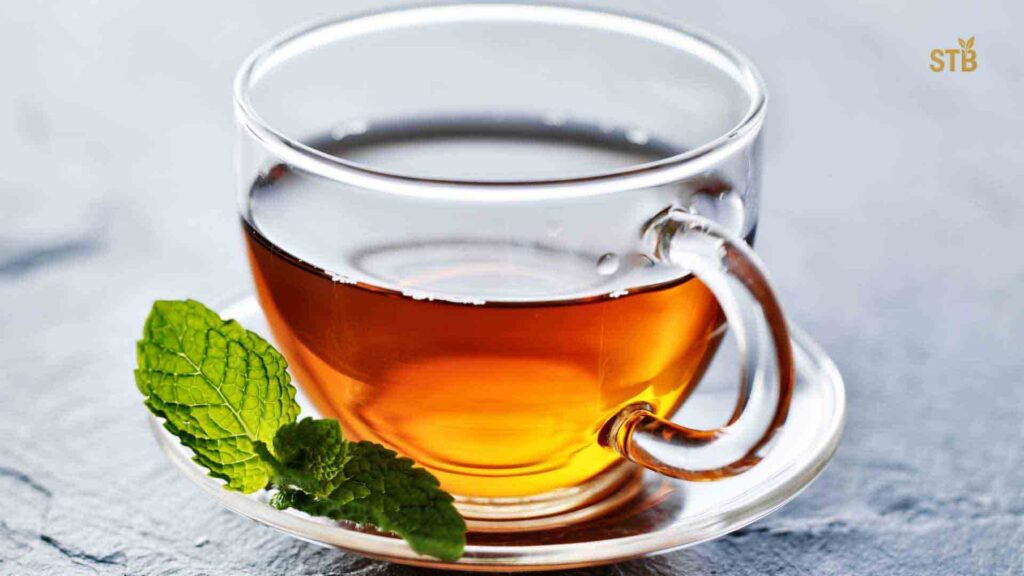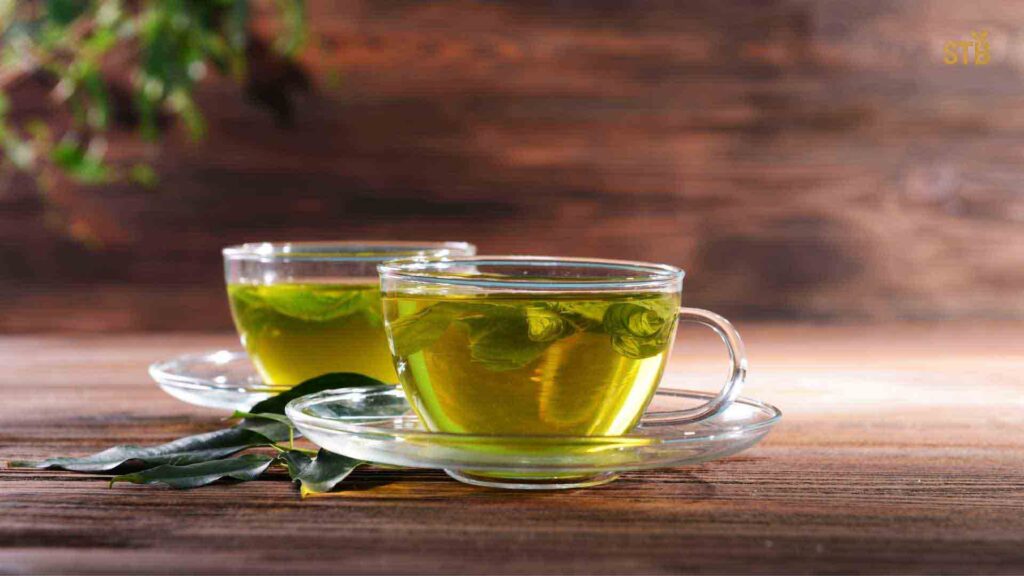Bangladeshis live for tea – it’s a daily ritual from dawn’s first light to evening gatherings. The misty hills of Sylhet and Chittagong churn out about 97–103 million kg of tea each year, while domestic demand is roughly 92 million kg (about 550g per person annually). This guide breaks down the tea bag market in Bangladesh: leading brands, price ranges, buying tips, and cost comparisons with loose tea.
Tea bags are a convenient and popular choice for many consumers in Bangladesh, offering a quick and easy way to brew a cup of tea. The market is dominated by major brands, each offering a variety of products at competitive price points. Ispahani, one of the most prominent brands, offers a 50-piece pack of its Mirzapore T-bag for approximately BDT 95 and a Blender’s Choice Premium Black T-bag pack for BDT 107.
Fresh Premium T-bags are also a popular choice, with a 50-piece pack costing around BDT 70. Other brands, like Finlays, offer 25-piece packs of English Breakfast and Natural Green Tea for BDT 125 and BDT 140, respectively. This wide array of brands and price points makes T-bags an accessible option for the majority of the population. We’ll cover everything you need to know to find quality tea bags at the best price.
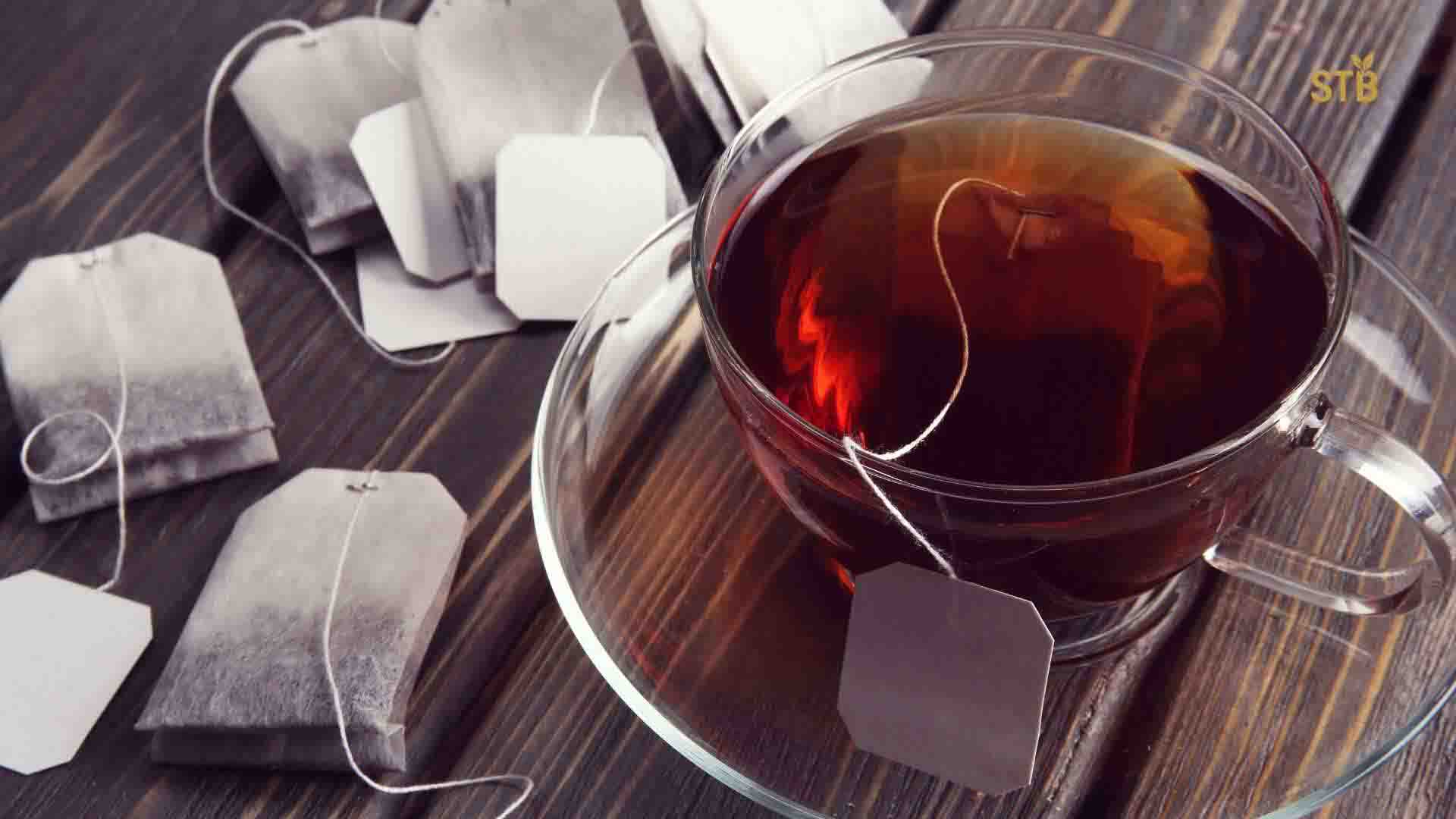
Bangladesh’s Tea Culture and Market
Tea isn’t just a drink here – it’s an economy and a culture. Over 4 million people depend on tea estates, and Bangladesh ranks among the world’s top 10 tea producers. Every morning, millions brew strong “dudh cha” (milk tea) from CTC black tea leaves, and even in rural areas each day starts with a hot cup. In fact, Bangladeshis brew an estimated 142.8 million cups of tea daily.
Despite heavy local demand, the tea production and auction prices are under pressure. Production slipped from ~10.29 crore kg in 2023 to 9.3 crore kg in 2024 due to erratic weather and labor issues. As a result, auction prices jumped by 2025 from about Tk187 to Tk210 per kg. This tighter supply partly filters down to retail prices. However, Bangladesh still produces roughly as much tea as its population consumes, with only a small surplus for export.
The tea industry is also shifting. Newer, organic estates like Kazi & Kazi (Tetulia) and Halda Valley (Chattogram) have gained fame for premium tea. Giants like Ispahani, Finlay, HRC, and Fresh (MGI) dominate the traditional market. Our blog’s articles on the history and journey of Bangladeshi tea and sustainable tea farming delve deeper into how these companies and farms shape the sector.
Top Tea Bag Brands in Bangladesh
Bangladesh’s T-bag market is driven by a few major names. Here are the most recognized brands selling tea bags (and their typical focus):
- Ispahani (Mirzapore) – The oldest and largest tea company, founded in 1820. Ispahani dominates the bagged tea market (about 80% market share for T-bags). Popular products include Ispahani Mirzapore (their classic CTC blend) and Blender’s Choice Premium. Their tea bags are known for strong, traditional flavor.
- Kazi & Kazi (KKTE) – Bangladesh’s first organic-certified tea estate in Tetulia. Kazi & Kazi offers premium organic black and green teas. Products include Teatulia Organic T-bags and packets. Kazi & Kazi teas tend to be higher-priced due to organic farming.
- HRC (Heritage) – A Chattogram-based brand famous for export-quality blends. HRC’s Tea Gold and Handpicked tea bags are well-known locally, often sold in supermarkets.
- Tetley ACI (Lipton) – A joint venture of Tata Global Beverages and ACI. This partnership markets international brands (like Lipton and Red Label) in Bangladesh. Their tea bags (Lipton Yellow Label, Green Tea, etc.) are widely available in cities and offer mid-range pricing.
- Finlay – A historic name (est. 1882), now owned by local companies. Finlay teas include Masala Cha and Japanese Shinrai Tea, though their market share is smaller today.
- Fresh (MGI) – Part of Meghna Group, their Fresh Premium Tea brand (black, green, masala) is popular. These teas are usually mid-priced and common in supermarkets.
- Local/Niche Brands – Brands like Halda Valley Tea, Bengal Tea, Seven Rings, and imported labels (Tapal from Pakistan, or generic “Gold Label” blends) fill out the rest of the market. Specialty green and herbal tea bags have also grown, driven by health trends.
Each of these brands sells tea bags in various pack sizes (usually 50 or 100 bags per box). Packaging (e.g. plain box vs. decorative) can also affect retail price. In general, premium or organic brands like Kazi & Kazi or Halda Valley cost more than economy brands like Ispahani or Red Label. For deeper details on Bangladeshi tea companies, see our article on the economic heart of tea and climate or the Golden Brew of Bangladeshi Black Tea.
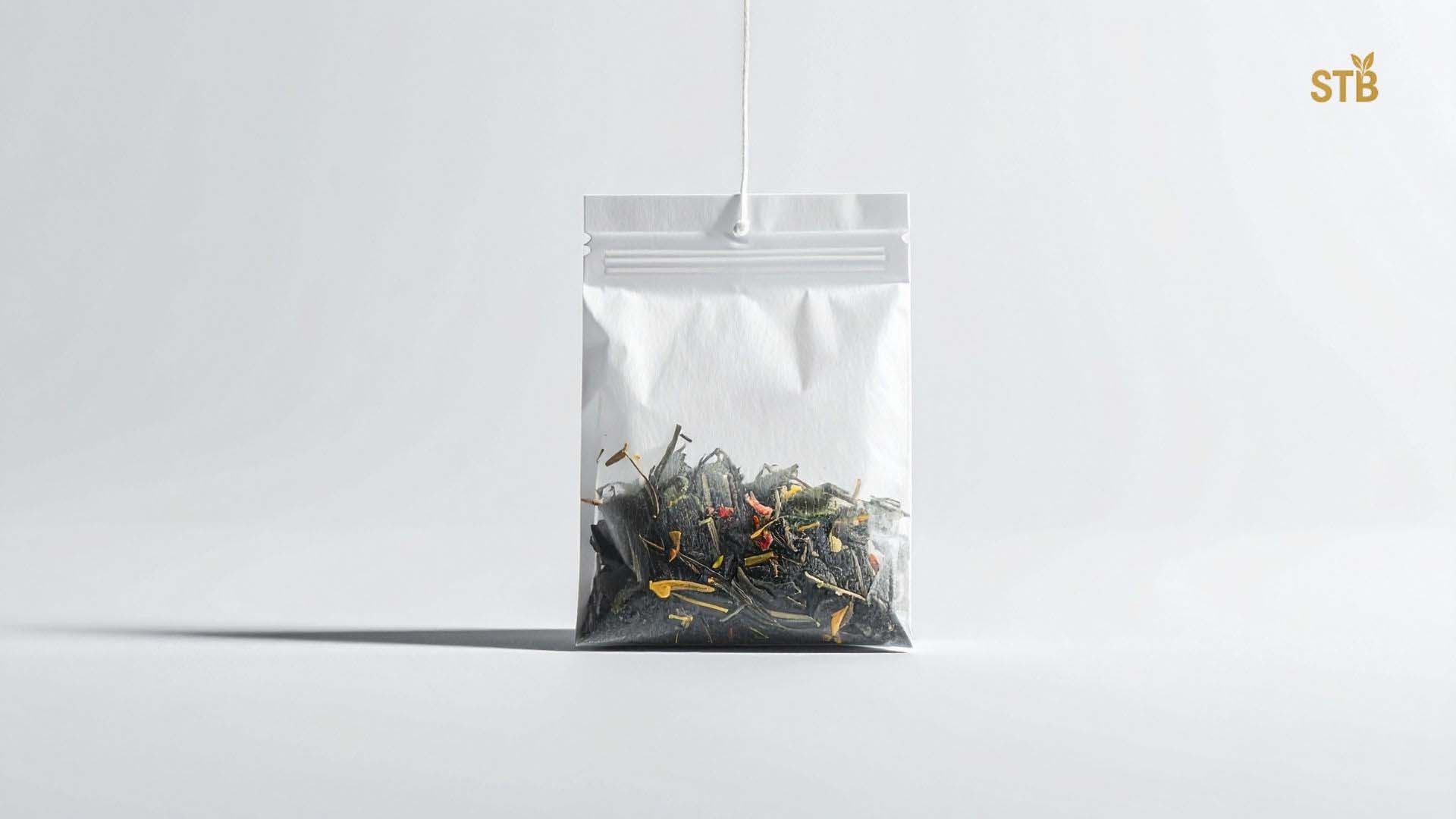
Tea Bag Prices in Bangladesh: What to Expect
Tea bag prices vary by brand, quality, and packaging. As a ballpark, 50-bag packs of popular brands sell for roughly Tk70–100, while 100-bag packs range from Tk130–250 depending on quality. For example, one local market analysis shows:
- Ispahani Mirzapore (50-count): ৳95 (≈Tk1.90 per bag)
- Fresh Premium (50-count): ৳70 (≈Tk1.40 per bag)
- Kazi & Kazi Organic (80g loose, ~120 infusions): ৳125 (≈Tk1.04 per brew)
- Halda Valley Black Tea (200g loose, ~300 infusions): ৳159 (≈Tk0.53 per brew)
These examples from STB Leaf’s blog highlight that premium loose tea can cost less per cup than bagged tea (because many high-quality leaves can be re-steeped). But focusing on bags, note that fancy pyramid tea bags or organic labels will be at the higher end (e.g. Tk220–250 for 100 herbal/green bags), while generic dusty CTC tea bags (like Red Label by Lipton) can be very cheap.
Key factors affecting tea bag price:
- Brand & Quality: Premium estates (organic, high-grade) charge more. Mass-market blends cost less.
- Tea Type: Black CTC blends are cheapest; orthodox black or green tea bags cost more (due to better leaves).
- Packaging: Pyramid bags or metalized envelope packs raise cost. Bulk size packs or plain boxes are cheaper.
- Volume: Generally, per-bag price drops in larger packs (buying 100 vs 50).
- Market Demand: Seasonal harvest issues and auction prices can trickle down. Domestic auction prices have risen (from ~Tk187 to Tk210 per kg in 2024-25), which can gradually push up retail prices.
By contrast, loose-leaf tea often offers more tea per taka. For heavy tea drinkers, premium loose tea (especially if reusable) may be more economical, as shown by cost-per-cup calculations. However, tea bags offer convenience and portion control. We explore this trade-off further below.
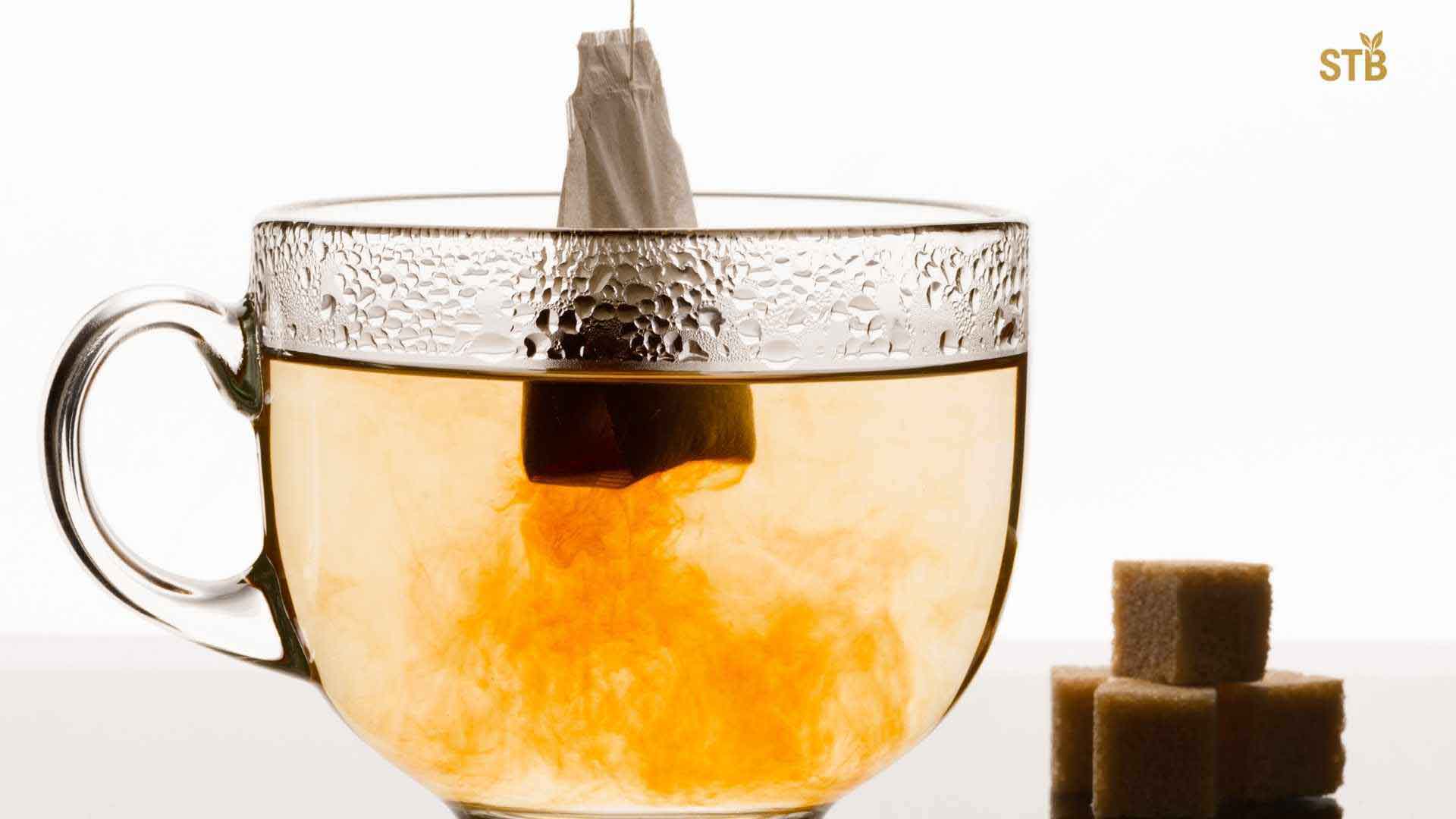
Where to Buy Tea Bags and How to Save
Tea bags can be found everywhere in Bangladesh: supermarkets, groceries, local markets, and online stores. Popular places to shop include Daraz, Chaldal, local supermarkets (Meena, Agora), and specialty tea shops. Many brands (Ispahani, Fresh, Lipton, etc.) have their products on e-commerce platforms and their own outlets.
To save on tea bag purchases:
- Buy in bulk or on sale. Look for 2-for-1 packs, festive offers, or wholesale deals. Buying 100-count boxes often lowers the per-bag price.
- Compare brands. A lesser-known but quality brand (e.g. Teatulia or Seven Rings) may cost less than a big name.
- Choose store brands. Some grocery chains carry in-house tea bags at discount prices.
- Watch for promotions. E-commerce sites frequently have coupon codes or festival discounts on tea products.
- Go fresh and local. Sometimes purchasing directly from tea gardens or local distributors (especially in Sylhet/Chittagong) can cut out middlemen.
For health-conscious buyers, consider STB Leaf’s own offerings. We partner with Sylhet growers to provide premium organic teas at good prices. Visit the STB Leaf online shop to explore our tea bag and loose leaf selections, and sign up for our newsletter for special deals.
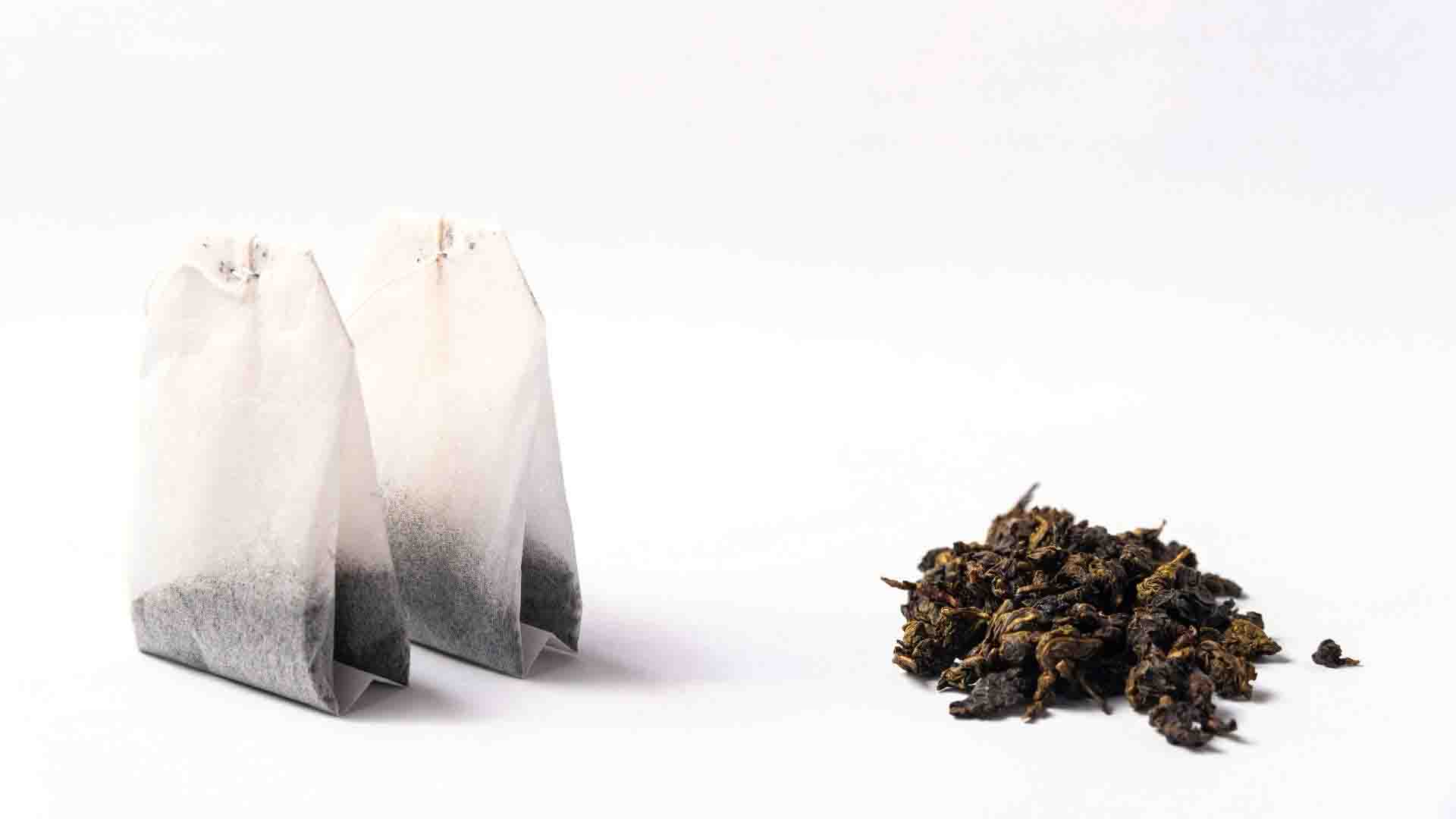
Loose Leaf vs. Tea Bags: Price and Quality
Many tea lovers wonder: Is it cheaper to use loose tea than tea bags? The answer depends on quality. Our analysis shows that high-quality loose teas can provide 2–4 infusions per brew, drastically reducing cost per cup. In our example prices, the 200g Halda Valley loose tea yielded 300 cups at about ৳0.53 per cup, whereas a 50-pack Ispahani bag box gave one cup each at ৳1.90 per cup.
However, loose tea requires more effort (measuring, steeping equipment, etc.) and initial cost. Tea bags excel in convenience and consistency. Many vendors now even offer premium pyramid or sachet bags with better whole-leaf contents. For daily chai, traditional CTC tea bags (mass-market) offer no frills and are cheaper per package, while gongfu tea or specialty brewing usually demands loose leaves.
In summary: If you brew multiple times from the same leaves, loose tea often wins on cost-per-cup. But if you need a quick, single-serve drink, tea bags offer ease. The choice between convenience and value is personal. For more on this, our blog dives into Loose Leaf vs. Tea Bags in detail.
Choosing Quality Tea Bags
Not all tea bags are created equal. Here are tips to pick a good one:
- Inspect the Package: Look for expiry date, batch information, and tea grade. Reputable brands list plantation and quality grade.
- Organic and Certifications: If you prefer eco-friendly tea, seek organic-certified labels (like Kazi & Kazi or Teatulia) or products labeled “organic Bangladesh tea.” These may cost a bit more but avoid synthetic pesticides.
- Bag Type: Pyramid and muslin bags allow leaves to unfurl, extracting more flavor. Avoid cheap dust-filled teabags if you want quality – they can brew bitter or weak.
- Ingredients: Check the ingredient list – pure “black tea” or “green tea” vs. blends (e.g. with added herbs or flavorings). Be wary of flavored or “spiced” bags if you prefer plain tea; those usually cost extra.
- Aroma and Color: If buying by weight or loose, smell the dry tea – it should be fragrant (not musty). Brewed tea should be clear and vibrant, not murky (dark cloudy liquor often means broken leaves or tea dust).
Bangladesh offers many premium teas worth trying. For example, STB Leaf’s [premium blends from Sylhet] offer rich aroma and purity. Always store tea bags in a cool, airtight container away from odors and moisture – this preserves their flavor. Proper storage can make even a modest tea bag taste fresh.
Tea bags are an essential part of Bangladeshi life, and understanding the brands and prices can help you sip smarter. From budget CTC boxes like Ispahani to organic delights like Kazi & Kazi, there’s a tea bag for every taste and budget. Remember that wholesale auction trends (Tk210/kg in 2024-25) and global factors can affect retail prices, so stay informed.
Ready to discover your perfect tea bag? Check out STB Leaf’s online shop for premium Bangladeshi teas – we carry everything from classic black tea bags to rare green tea blends. Browse our selection and enjoy exclusive discounts by subscribing to our newsletter. Elevate your tea routine today and enjoy the rich flavors of Bangladesh’s finest teas.

Frequently Asked Questions (FAQs)
- Q: What is the average price of tea bags in Bangladesh?
A: Prices vary by brand and size. A 50-count box of a common brand (like Ispahani or Fresh Premium) typically costs around ৳70–95. Premium or organic T-bags (50–100 count) can run ৳120–220. Watch for special offers to save on bulk packs.
- Q: Which tea bag brand is best in Bangladesh?
A: “Best” depends on taste and budget. Ispahani is the market leader with a classic strong flavor. Kazi & Kazi offers high-grade organic blends. HRC and Tetley/Lipton are also popular for consistent quality. Try a few to see which aroma and strength you prefer.
- Q: How do tea bag prices compare to loose leaf tea?
A: Many find loose leaf tea provides more value per cup if you can re-steep the leaves. For example, certain loose teas brew multiple infusions for roughly ৳0.5–1.0 per cup, which can be cheaper long-term than T-bags (~৳1.4–1.9 per cup). However, tea bags win on convenience and portioning.
- Q: Where can I buy tea bags online in Bangladesh?
A: Major e-commerce sites sell all the big brands: Daraz, Chaldal, and even specialty tea stores. You can also order from the STB Leaf online store (our partner) for premium and organic teas. Don’t forget to compare prices and look for coupon codes before purchasing.
- Q: Are tea bags in Bangladesh organic?
A: Most mass-market T-bags are conventional (non-organic). However, brands like Kazi & Kazi (Teatulia) and Halda Valley have organic certifications. If “organic” is important to you, look for that label on green tea or special T-bag boxes. Organic options typically cost more but use eco-friendly farming.
- Q: Do weather or production issues affect tea bag prices?
A: Yes. Adverse weather (droughts, heatwaves) and labor shortages have cut tea output in recent years. Less tea supply can push up auction prices, which may eventually raise retail costs. Keep an eye on news (like Tea Board reports) for big changes in production or price trends.
- Q: How many tea bags should I use per cup?
A: Typically, use one tea bag per 200ml (8 oz) cup. This applies to standard CTC black T-bags. If you like a stronger brew, use an extra bag or steep longer rather than adding an extra bag per cup. Green or flavored T-bags are also usually single-use per cup. (Always follow instructions on the package for best results.)
- Q: What is the difference between regular and pyramid tea bags?
A: Regular T-bags are flat envelopes; pyramid T-bag are tetrahedral sachets. Pyramid bags give whole tea leaves more room to expand and infuse fully, yielding richer flavor. However, pyramid bags are pricier to produce. Many premium brands sell their higher-grade teas in pyramid bags.
- Q: Can I reuse tea bags?
A: CTC T-bags (broken tea dust) generally brew out in one go and are not suited for reuse. However, if you have a high-quality whole-leaf T-bag, you can steep it a second time (it will be weaker). Loose leaf teas can usually be re-steeped 2–3 times. For savings, consider brewing loose tea multiple infusions.
- Q: How should I store tea bags?
A: Keep T-bags in a cool, dry place away from light and strong odors. Use an airtight container or zip-lock bag to maintain freshness. Avoid the refrigerator (moisture can spoil the tea). Proper storage ensures the T-bags stay aromatic; black teas generally stay fresh for 1–2 years, green teas around 6–12 months if unopened.
This guide draws on industry reports and local market analyses, including STB Leaf’s research and news sources, to provide up-to-date information on Bangladeshi tea brands and prices.

